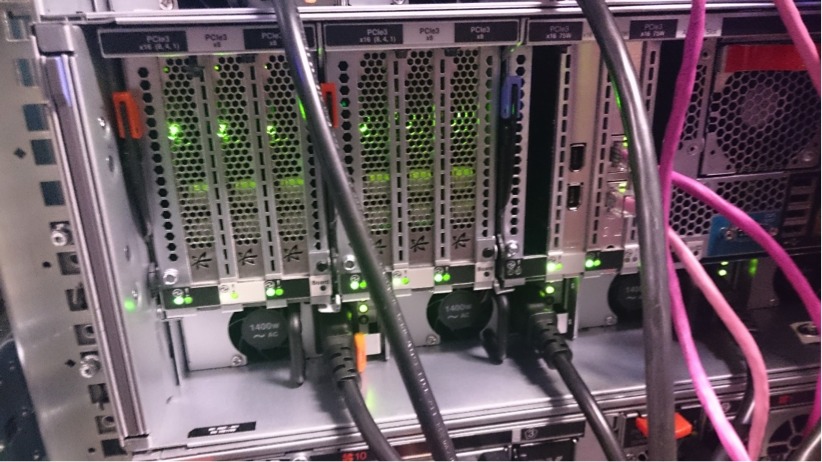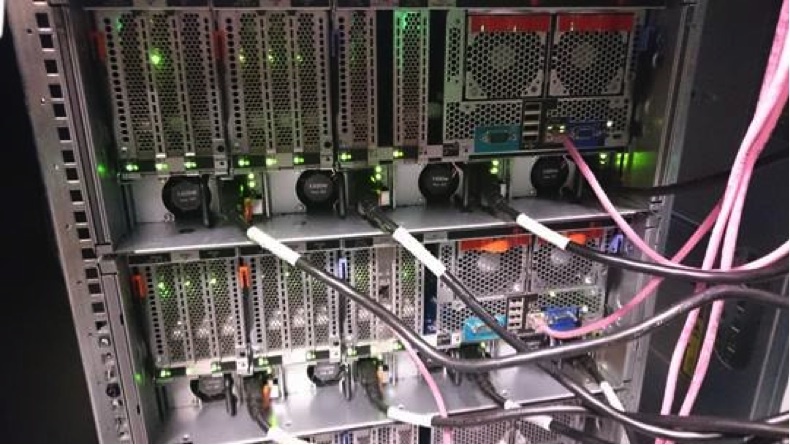Fusion ioMemory Sets Two TPC-H World Records with Lenovo and Microsoft!
Within four weeks we’ve set two TPC-H world records by teaming with Lenovo and Microsoft, beating the previous 3TB and 10TB TPC-H non-clustered records!
Take a look at the TPC-H Top Ten Non Clustered Performance Results! You can view the 3TB result here: http://www.tpc.org/3313 and the 10TB result here: http://www.tpc.org/3312
In addition to memory and CPU, these two new world records rely on SanDisk®’s ultra-performing Fusion ioMemory PCIe application accelerators for lightning-fast, block-storage performance.
Here’s the breakdown of the storage configuration for each world record:
3TB TPC-H Non-Clustered World Record Configuration and Results
This configuration used six 3.2TB ioMemory SX300 adapters residing within one System x3850 X6 from Lenovo.
The 3TB World Record Configuration:

How does it compare?
In comparison to the previous SQL Server 3TB world record, this 4U configuration achieved:
- 93 percent less rack space (no external enclosures!)
- 51 percent higher performance (QphH @ 3000GB)
- 51 percent lower cost when comparing $USD/QphH @ 3000GB
10TB TPC-H Non-Clustered World Record Configuration and Results
This configuration used sixteen 6.4TB ioMemory SX300 adapters residing within one System x3950 X6 from Lenovo.
The 10TB World Record Configuration:

This 8U configuration achieved:
- 652,239 QphH @10,000GB with assistance from 336GHz (2.8Ghz * 120 physical cores) of compute power
- 34GB/s of read bandwidth (based on internal synthetic testing using ioMeter)
- 65,500 IOPS @ 512K block size with 102TB of usable storage (based on internal synthetic testing using ioMeter)
How does it compare?
The previous SQL Server world record, as of 4/6/15, in the 10TB non-clustered category:
- Stretched across 30U of rack space
- Used 528 hard drives
- Leveraged 13 storage enclosures
Our hardware configuration in the top spot used:
- Only 8U of rack space!
- 16 internal PCIe accelerators
- No storage enclosures!
That’s 61 percent faster performance (QphH @10,000GB) in 85 percent less rack space!
Flash: Higher Performance, Smaller Footprint, Lower Costs!
As evidenced by these results, flash delivers higher performance at a smaller footprint with better cost efficiencies than spinning drives.
With the extreme performance of Fusion ioMemory, customers can consolidate SQL Server instances onto a single server platform, saving cost on SQL Server licensing while dramatically increasing business productivity.
SanDisk flash storage delivers the performance to help you make faster and better business decisions, while saving you money on rack space and licensing.
We’re thrilled to champion these record-breaking results together with our partners at Lenovo.
Watch out hard drives, your days are numbered! Move electrons not molecules!
This is a Guest blog post by Brian Walters, Sr Staff Apps Engineer, SanDisk Enterprise Storage Solutions
Brian Walters has over 14 years of experience in database, server, and storage technologies, including DBA and Architect positions @ Microsoft and Fusion-io.
At SanDisk, Brian works on the Data Propulsion Labs’ Microsoft Advisory Team where he authors white papers demonstrating SanDisk’s ability to deliver cutting–edge storage performance Microsoft technologies such as SQL Server and Hyper-V. Brian works out of Microsoft’s partner labs where he collaborates with Microsoft product groups and server vendors on engineering solutions based on SanDisk flash.
When not spending time in labs cooking up fun flash recipes, Brian frequently travels to evangelize SanDisk products to OEMs, customers, and Microsoft’s field.
Unless specified otherwise, results referenced are current as of 5/28/15.




